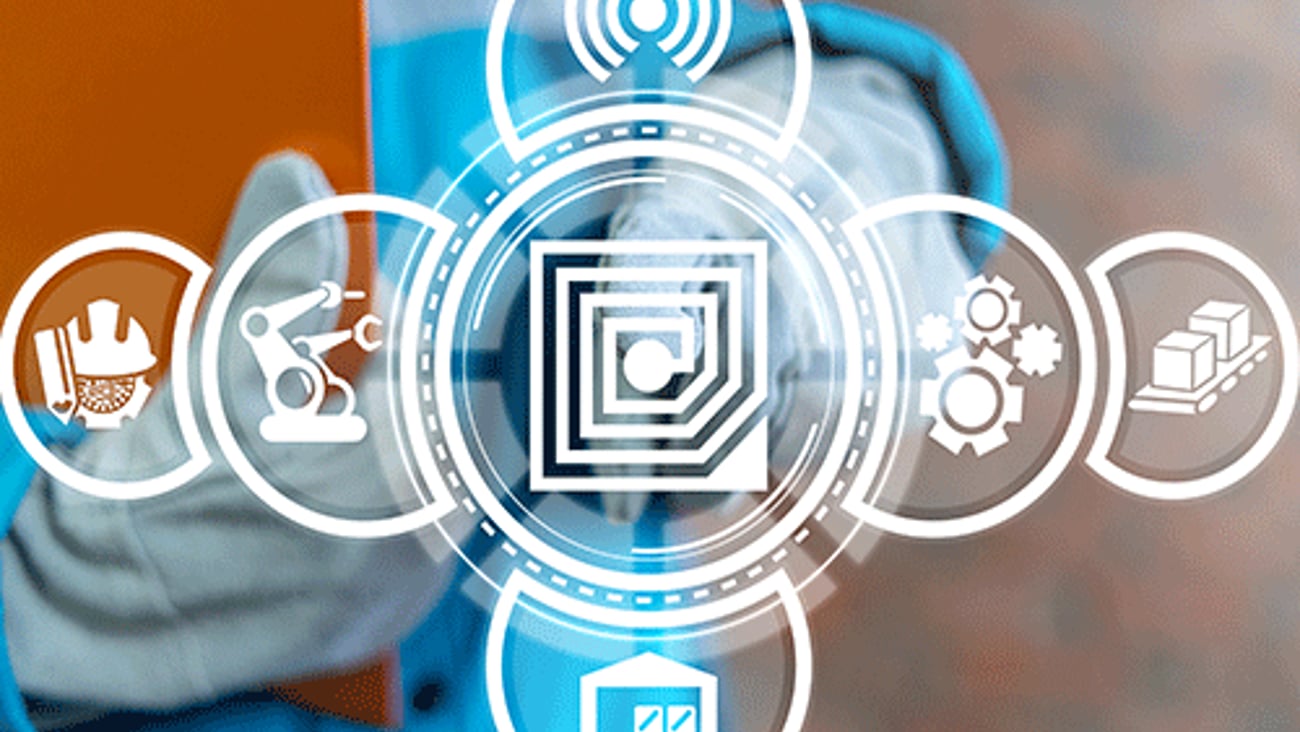The future of retail is here – and becoming distributed
Your customers are comfortable with leading-edge technology, are you?
Legendary cyberpunk author William Gibson is credited with saying, “The future is already here – it's just not evenly distributed.” This quote alludes to the fact that by the time leading-edge technology becomes a mainstream tool, technocratic elites have already been using it for a while.
However, society and technology have evolved to a point where the future is here and becoming evenly distributed. Consumers of all income brackets and generations are familiar with, and even expect, shopping with the aid of advanced technology. Retailers who do not keep up with the pace of consumer technology adoption will find themselves struggling to attract and retain customers.
Here are three evenly distributed “future technologies” every retailer should fully integrate into their customer experience:
Smartphones
Retailers have been hearing about “constantly connected consumers” for years. But mobile penetration has reached the point where it is now safe to assume every customer possesses a sophisticated smartphone and shops with it. According to data from mobile platform Button, overall mobile spend per shopper grew 68% during the 2019 holiday season.
In response, retailers must offer a truly optimized mobile customer experience. It is no longer sufficient to provide a shrunken version of your desktop site. Smartphone-savvy shoppers expect natively designed mobile apps and sites with navigation, controls and images specifically tailored for their devices. At a minimum, retailers should leverage responsive design techniques to create sites which automatically adapt to a user’s device.
Also, remember customers come to your physical stores armed with smartphones. Provide them with robust, free WiFi and seamless shopping experiences that incorporate mobile into the brick-and-mortar environment.
On-demand delivery
The notion that you can tap button or click a link and have a product show up on your doorstep in as little as under an hour has gone from revolutionary to routine. The proliferation of shopping apps and delivery platforms means that consumers expect prepared food orders to arrive within 30 minutes, and perishable products within two hours.
Thanks to Amazon Prime, the assumed delivery window for most any other item is two days, with one day preferred. Retailers need to either build the type of store and distribution network that can internally handle this type of rapid fulfillment, or work with third-party logistics partner(s) to close any demand chain gaps.
Pervasive interactivity
Remember when videos were something people sat back and watched? Now they interact with them, including clicking on products featured in “shoppable” videos for instant purchase. Companies like Peloton use live streaming to sell customers subscriptions to online workouts. Voice assistants like Alexa and Siri enable shoppers to place orders by speaking. And smart appliances can automatically make purchases without customers having to lift a finger.
As a result, the storefront is now everywhere. In addition to making their products shoppable via video, voice, smart fridge, etc., back ends must be realigned to respond to all these disparate demand signals. As with on-demand delivery, third-party logistical partners may need to be engaged.







